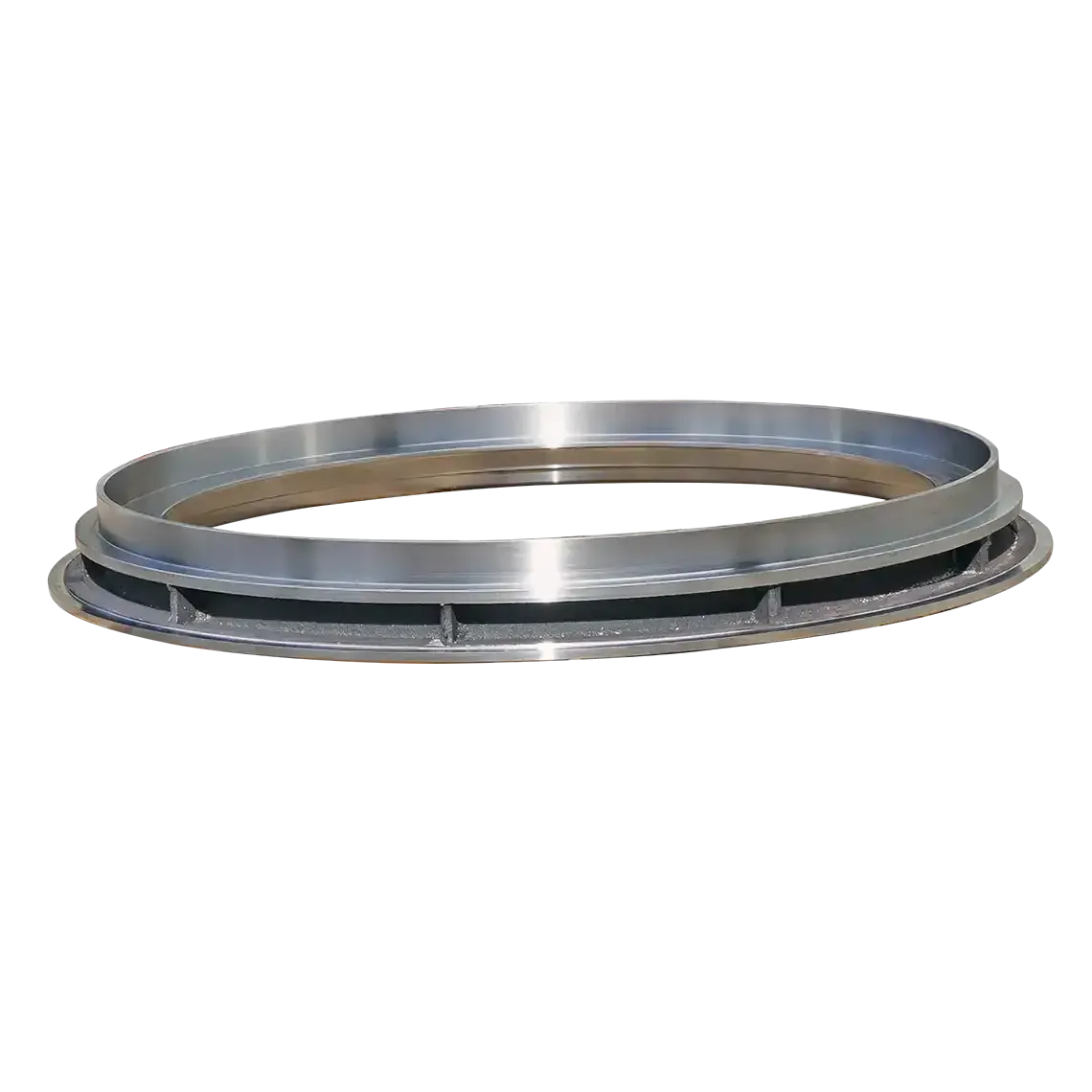ਨਵੰ. . 19, 2024 01:22 Back to list
high silicon aluminum
High Silicon Aluminum A Revolutionary Alloy for Modern Applications
In recent years, the demand for advanced materials in various industries has spurred innovation in metallurgy, leading to the development of high silicon aluminum alloys. These alloys, characterized by their elevated silicon content, have emerged as pivotal players in fields ranging from aerospace to automotive, electronics, and beyond. This article will explore the composition, properties, benefits, and applications of high silicon aluminum, highlighting its significance in today’s technological landscape.
High silicon aluminum alloys typically contain between 5% and 30% silicon. The increased silicon content significantly alters the properties of aluminum, enhancing its performance in several critical areas. Silicon is known for lowering the melting temperature and improving fluidity in molten aluminum, which facilitates the casting process. This characteristic makes high silicon aluminum particularly suitable for complex shapes and intricate designs, leading to reduced production costs and time.
One of the most notable properties of high silicon aluminum is its exceptional wear resistance and low thermal expansion coefficient. As industries seek materials that can withstand high operational stresses and thermal variations, the demand for such alloys is growing. The wear resistance of high silicon aluminum makes it an ideal candidate for components that experience significant friction, such as engine parts and mechanical components. Additionally, the low thermal expansion helps maintain dimensional stability under varying temperature conditions, which is crucial for precision engineering.
Another significant advantage of high silicon aluminum is its lightweight nature. Compared to traditional metals such as steel, aluminum alloys offer a substantial weight reduction, making them preferred materials in applications where weight savings are crucial. In the aerospace sector, for instance, reducing weight directly contributes to fuel efficiency and performance. This has led to an increasing preference for high silicon aluminum in aircraft components, where engineers seek to optimize every ounce of weight.
high silicon aluminum

Moreover, high silicon aluminum exhibits excellent corrosion resistance, which is a critical aspect for materials used in harsh environments. The presence of silicon forms a protective layer that enhances the alloy's durability against oxidation and other corrosive agents. This property makes high silicon aluminum particularly appealing for applications in marine environments, automotive parts exposed to road salt, and structures subjected to weathering.
The versatility of high silicon aluminum also extends to its machinability and ability to be welded. While aluminum is generally known for its good machinability, the incorporation of silicon improves it further, allowing for easier shaping and finishing processes. High silicon aluminum can be welded successfully, though specific techniques and considerations must be adhered to due to its thermal properties. The ability to be easily machined and welded opens up opportunities for manufacturers to fabricate components quickly and efficiently.
In terms of applications, high silicon aluminum is increasingly utilized in several industries. In the automotive sector, it's used for cylinder heads, engine blocks, and other components where high performance and weight reduction are critical. The aerospace industry incorporates high silicon aluminum in structural components and parts for both commercial and military aircraft. In the electronics field, its excellent thermal conductivity makes it a valuable material for heat sinks and other cooling applications.
Furthermore, high silicon aluminum alloys are being explored in the field of additive manufacturing, or 3D printing. As additive manufacturing gains traction, materials such as high silicon aluminum are now being used to create lightweight and complex geometrical structures that would be challenging or impossible to produce using traditional methods.
In conclusion, high silicon aluminum represents a significant advancement in material science, offering a combination of light weight, resistance to wear and corrosion, and excellent machinability. Its applications across various industries stand as a testament to the growing demand for advanced, high-performance materials. As technology continues to advance, it is evident that high silicon aluminum will play a crucial role in shaping the future of manufacturing and engineering, driving innovations that enhance efficiency, performance, and sustainability.
-
Premium Cast Iron Water Main Pipe for Robust Infrastructure
NewsAug.27,2025
-
A-Rated Cast Aluminum Boilers: High-Efficiency Condensing Gas & LPG
NewsAug.26,2025
-
OEM Cast Silicon Aluminum Alloy Heat Exchanger | Custom & High Performance
NewsAug.25,2025
-
Centrifugally Cast Iron Water Main Pipe | Ductile Iron Solutions
NewsAug.24,2025
-
Durable Cast Steel Concrete Pipe Mold Bottom Rings & Base Trays
NewsAug.23,2025
-
Centrifugally Cast Iron Water Main Pipe for Reliable Mains
NewsAug.22,2025


